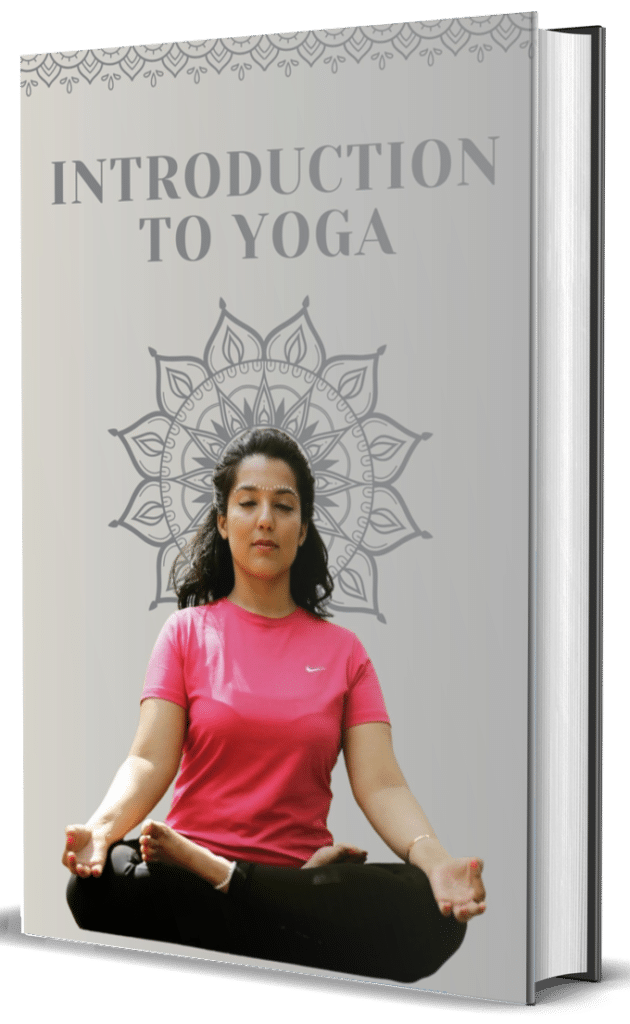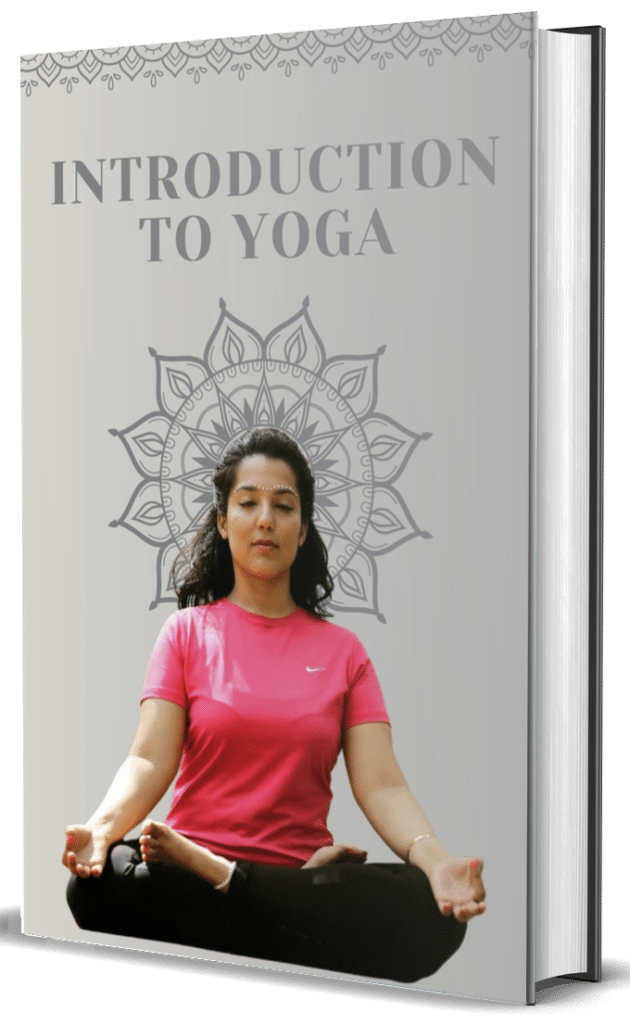Mrigi Mudra, also known as Nasagra Mudra or Nose Tip Gesture, is a specialized hand position used primarily during pranayama (breath control) practices to regulate the flow of breath through the nostrils. The Sanskrit name combines “mrigi,” meaning deer or gazelle, and “mudra,” meaning seal or gesture—likely referencing the delicate positioning of the fingers that resembles the graceful alertness of a deer.
In this precise hand position, the right hand is raised toward the face with the index and middle fingers either folded down toward the palm or resting on the area between the eyebrows. The ring finger and little finger remain extended and ready to press gently against the left nostril, while the thumb is positioned to close the right nostril. This configuration allows the practitioner to alternate nostril breathing by using the thumb and ring finger to precisely control which nostril is open or closed.
Mrigi Mudra plays an essential role in Nadi Shodhana Pranayama (Alternate Nostril Breathing), one of the most fundamental and widely practiced breathing techniques in yoga. By enabling precise control over each nostril, this mudra helps balance the ida (left) and pingala (right) energy channels, which traditional yoga philosophy associates with cooling/lunar and heating/solar energies respectively.
Physiologically, using Mrigi Mudra during alternate nostril breathing has been shown to affect the autonomic nervous system. Research suggests it may help reduce stress, lower heart rate and blood pressure, improve respiratory function, and enhance focus. The precise manipulation of airflow through each nostril may also influence brain hemisphere activity, as nasal breathing has demonstrated connections to contralateral brain function.
From an energetic perspective, practicing with Mrigi Mudra is said to harmonize the flow of prana (vital energy) through the subtle channels, creating balance between opposing forces in the body-mind system. Regular practice is believed to purify the nadis (energy channels) and prepare the system for deeper meditative states.
For beginners, learning proper finger placement for Mrigi Mudra is important for comfortable, effective practice. The pressure applied to the nostrils should be gentle—just enough to close the airway without pressing unnecessarily on delicate nasal tissues. The wrist and arm should remain relaxed to prevent fatigue during extended pranayama sessions. With practice, the positioning becomes natural and effortless, allowing practitioners to focus on the subtle qualities of the breath rather than the mechanics of the hand position.



